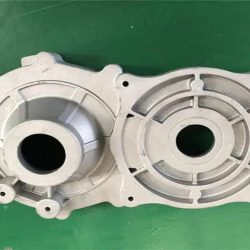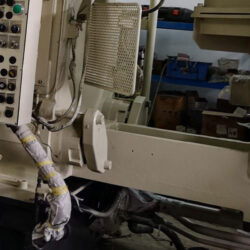The shrinkage cavity and shrinkage defects of die castings are all caused by the liquid shrinkage and solidification shrinkage of the metal greater than the solid state shrinkage. When performing sequential solidification, no liquid metal can be supplemented in the final solidified area, and holes will be formed. Large and concentrated pores are called shrinkage cavities, and small and scattered ones are called shrinkage porosity.
The prevention methods are as follows:
1. The die casting structure should be designed reasonably with uniform thickness to reduce hot spots.
2. For castings with uneven thickness, place the thick part at the highest point in order to add a riser.
3. For cast iron, the inoculation amount can be appropriately increased.
4. Correct selection of pouring location and pouring system to cause simultaneous solidification or sequential solidification. The compactness of the sand mold should be appropriate.
5. Ensure that the castings are solidified in sequence, and lead shrinkage cavities and shrinkage porosity into the riser. For this reason, the position of the die casting must be correctly selected during pouring; materials with different thermal conductivity are used in each part of the mold, and chilled iron is placed to control the cooling rate of each part of the casting, resulting in the condition of sequential solidification in the direction of the riser.
6. Increase the feeding effect of the riser. Place risers of sufficient size and quantity in appropriate places to ensure that there is enough liquid metal to feed the castings nearby.
7. Select and control the composition of the molten metal to minimize the shrinkage of the liquid metal.
8. Correctly choose the pouring temperature and pouring speed. Without increasing other defects, the pouring temperature and pouring speed can be appropriately reduced.




